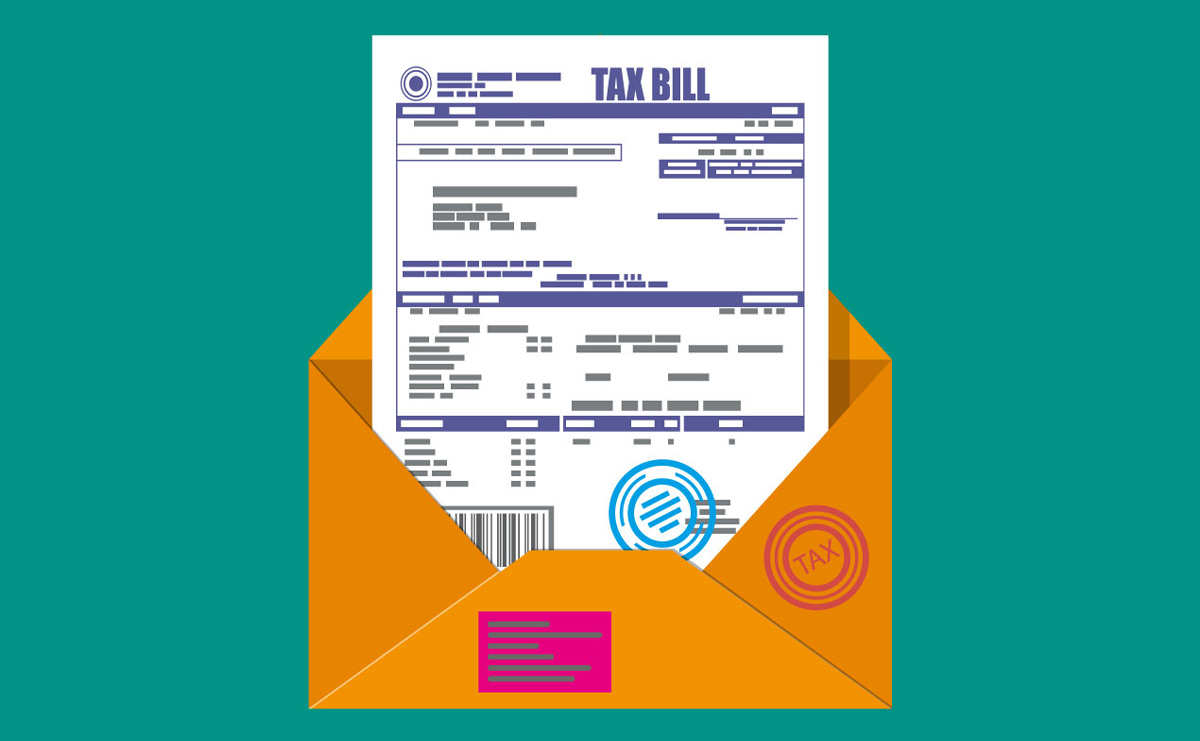Alberta Courts | Civil Forms – CTS2906
CTS2906 – Affidavit in Support of Landlord’s Application under the Residential Tenancies Act or Mobile Home Sites Tenancies Act in Alberta
The document titled “CTS2906 – Affidavit in Support of Landlord’s Application” under the Provincial Court of Alberta (Civil) is a legal form used by landlords to support their application under the Residential Tenancies Act or the Mobile Home Sites Tenancies Act. This affidavit serves as a written statement confirmed by oath, used as evidence in court to address various issues relating to tenancy, such as arrears of rent, damages for breaches of the tenancy agreement, compensation from overholding tenants, recovery of possession of premises, and termination of tenancy for substantial breach.
The form instructs landlords on how to complete the affidavit correctly, which is a two-step process also requiring a Notice of Application under the relevant act. It specifies the requirement to match sections completed in the Notice of Application with those in the Affidavit, the number of copies needed, and the necessity of attaching exhibits. Landlords must swear or affirm the affidavit before a Commissioner for Oaths, available at court offices without charge, before filing it at the court location nearest to the premises involved.
Filling out this form requires attention to detail and precision to ensure accuracy and compliance with legal standards. Here is a step-by-step guide to help you complete this form:
Step 1: Understand the Purpose
This affidavit supports a landlord’s application related to tenancy issues such as rent arrears, damages, overholding tenants, and breaches of the tenancy agreement. Ensure you have also completed the Notice of Application as required.
Step 2: Gather Required Information
Before starting, collect all necessary documents, including your tenancy agreement, any previous correspondence with the tenant, and records of payments or breaches.
Step 3: Completing the Form
Section 1: Identification
- Action No.: If known, enter the action number assigned by the court.
- Landlord/Tenant Names: Enter the legal names of the landlord (or agent) and the tenant involved in the application.
Section 2: Oath Statement
- Your Role: Confirm your role (or your agency status) regarding the landlord and make the oath/affirmation about the truthfulness of your statements.
Exhibit “A”:
- Tenancy Agreement: Attach a copy of the tenancy agreement as Exhibit “A”. If there’s no written agreement, note this accordingly.
Cross-Off Non-Applicable Sections:
- Ensure you only complete sections relevant to your application, matching those indicated in your Notice of Application. Cross off and initial any sections that do not apply to your situation.
Step 4: Detailed Sections
Arrears of Rent
- Amount and Period: Specify the total amount of rent overdue and the period it covers. Attach a detailed statement as an exhibit showing all transactions related to the tenancy.
Damages for Breaches
- Details and Amount: Describe the breaches of the tenancy agreement and the amount claimed for damages.
Compensation from Overholding Tenant
- Include details such as the effective date of termination, reasons for the tenant’s failure to vacate, and the compensation claimed per day.
Recovery of Possession
- Detail the termination/expiration date, the notice served, and the requested date for possession recovery.
Termination for Substantial Breach
- Describe the breaches leading to the request for termination and specify the requested termination date.
Step 5: Commissioner for Oaths
After completing the affidavit, it must be sworn or affirmed before a Commissioner for Oaths, available at court offices. They will witness your signature and add their own, including their commission expiry date.
Step 6: Copying and Filing
- Number of Copies: Print the required number of copies of both the affidavit and any exhibits, as per the instructions.
- Filing: File the completed documents at the nearest court location to the premises involved.
Additional Notes
- Exhibits: Ensure each exhibit attached matches the number of affidavit copies you are submitting.
- Accuracy: Double-check all entries for accuracy and completeness to avoid delays in your application.
Step 7: Submission
Submit the affidavit and all related documents according to the instructions provided by your local court office.
Disclaimer: This guide is provided for informational purposes only and is not intended as legal advice. You should consult the Residential Tenancies Act or a legal professional.




